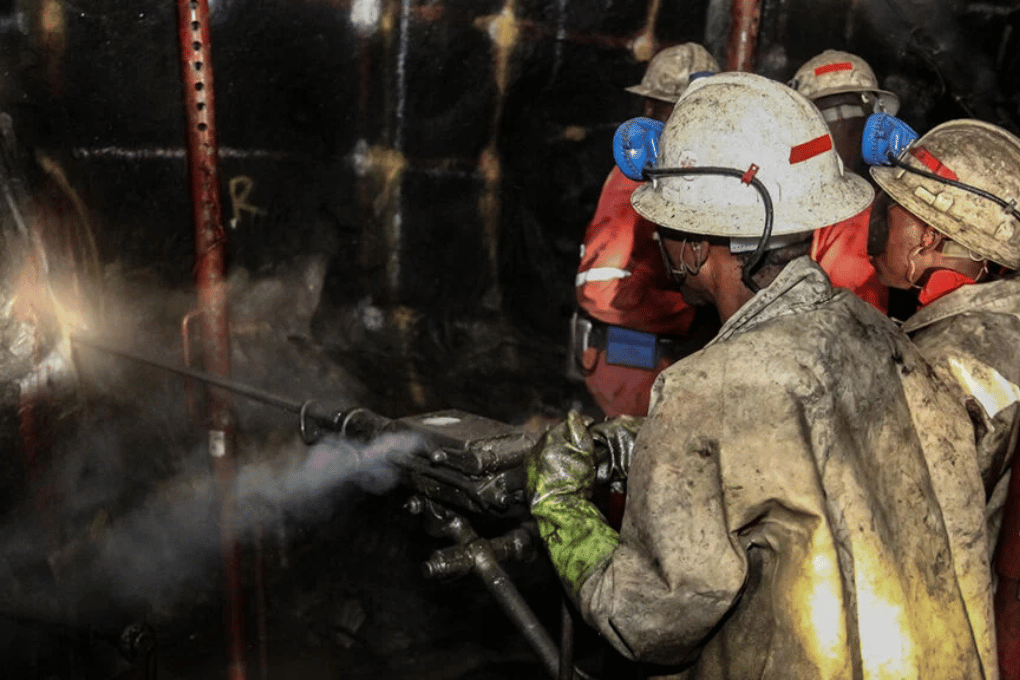Government killing one of South Africa’s largest employers

South Africa’s mining industry continues to shrink, with a 4% quarter-on-quarter decline in output during Q1 2025, despite favourable commodity prices. According to Old Mutual Wealth’s chief investment strategist, Izak Odendaal, the sector’s long-term contraction in both production and employment is driven by persistent regulatory uncertainty, failing state-owned enterprises (notably Eskom and Transnet), and infrastructure constraints. These factors discourage new investments and constrain operational performance, contributing significantly to the country’s broader economic stagnation.
Real GDP grew by just 0.1% quarter-on-quarter and 0.8% year-on-year in Q1 2025, with nominal GDP up 4.4%. The mining sector, alongside a struggling manufacturing industry, continues to be a drag on growth. Although loadshedding has eased, logistical constraints remain a critical bottleneck. However, reforms are gaining traction. The Department of Transport recently received 162 responses to a request for private sector participation in rail and port operations, potentially enhancing mining corridor efficiency.
Despite the sector’s contraction, mining shares have outperformed on the JSE in 2025 due to global factors, including rising gold (+28%), platinum (+22%), and palladium (+11%) prices. Major South African mining firms—Gold Fields, AngloGold Ashanti, Sibanye-Stillwater, Harmony Gold, DRDGold, and Pan African Resources—have benefitted, though much of their production now occurs outside the country. As a result, share prices have risen, but domestic employment and output remain stagnant.
This disconnect underscores the sector’s diminished local impact and highlights the need for stable, long-term policy reform to unlock economic and employment potential in South Africa’s historically vital mining industry.
Implications for Adcorp
An industry in decline.
